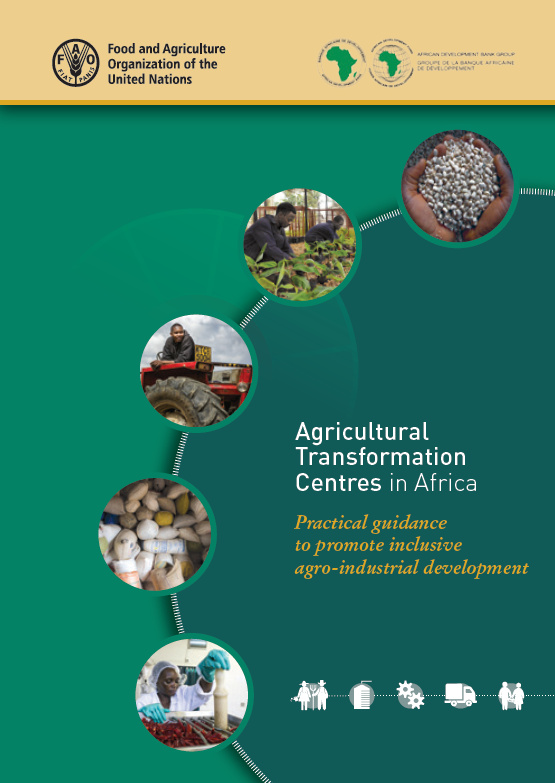bcc776cd-b467-4a01-9d32-ab0c6845dbc7
(0 Reviews)

2
0
Your Rating
N
/
A
Avg. Rating
0/5
Rating Breakup
5
0
4
0
3
0
2
0
1
0

Add Comments
Comments